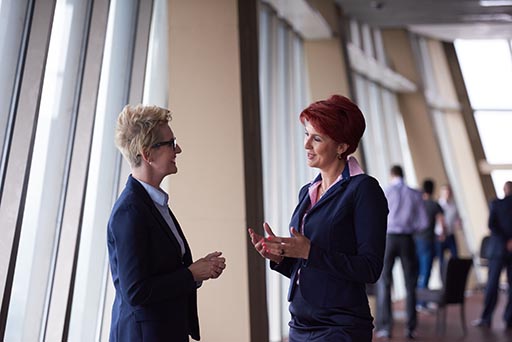5 The consequences of trust in organisations
In any discussion of ‘why does trust matter?’ we need to go beyond the theory (as much as we can) and get an understanding of the practical consequences of the concept of trust. So far we have examined what trust in organisations consists of as a phenomenon in terms of risk and vulnerability, and we have examined the context in which the concept of trust has emerged.
But what does trust actually do in organisations? How does it work and why is it needed? Consider the following quote by Bijlsma and van de Bunt:
‘… trust works as a lubricant in economic transactions by smoothing relations between actors and reducing transaction costs related to control’
The idea of ‘smoothing relations between actors’ deserves more attention here, as does the notion of ‘reducing transaction costs related to control’. Let’s take each one of these ideas in turn.
When we talk about organisational actors and trust, it would be prudent to consider that not all organisational actors will attract the same amount or type of trust. Research has shown that different organisational actors at different levels within an organisation are indeed likely to be considered more or less trustworthy (Chartered Institute of Personnel and Development (CIPD), 2012; CIPD, 2013). One particular finding is that senior managers are considered less trustworthy if they have more control. The relationship of trust and control is one that has sparked some debate in the literature. However, most researchers agree that trust works as a substitute to control because it reduces transaction costs. Essentially, the higher the trust in a relationship, the lower the costs of monitoring, checks and other control mechanisms will be.

A related issue here is the role of leadership and the leadership culture within organisations. This is not just since it is managers and leaders who often instigate monitoring and control measures. Leadership culture cascades throughout an organisation and creates strong messages, both real and symbolic, as to the nature of trust within organisations.
Put simply, leadership has been found to be a highly important factor in the level of trust within organisations. Two recent reports published by the CIPD (CIPD, 2012, CIPD, 2014) ) have led to the strong conclusion that senior leaders play a pivotal role in trust relations throughout an organisation and that the cultivation of ‘trustworthy’ senior leaders underpins the challenge of creating cultures of organisational trust throughout the entire organisation.
So, what does ‘smoothing relations’ between actors mean? If we return back to our previous discussion on trust involving both risk and vulnerability then this becomes clearer. The process of taking a risk and ‘the willingness to be vulnerable’ is arguably related to the acceptance of actions and decisions of others with whom we come into contact in organisations. In other words, if we choose to accept the risk of accepting the actions and decisions of others (and our resultant vulnerability) then resistance is lessened and the relationships within organisations are potentially ‘smoothed’ or ironed out. This in turn has the potential to lead to a number of outcomes, in particular a number of behavioural and attitudinal outcomes. These consequences or outcomes are explored in the next section.
